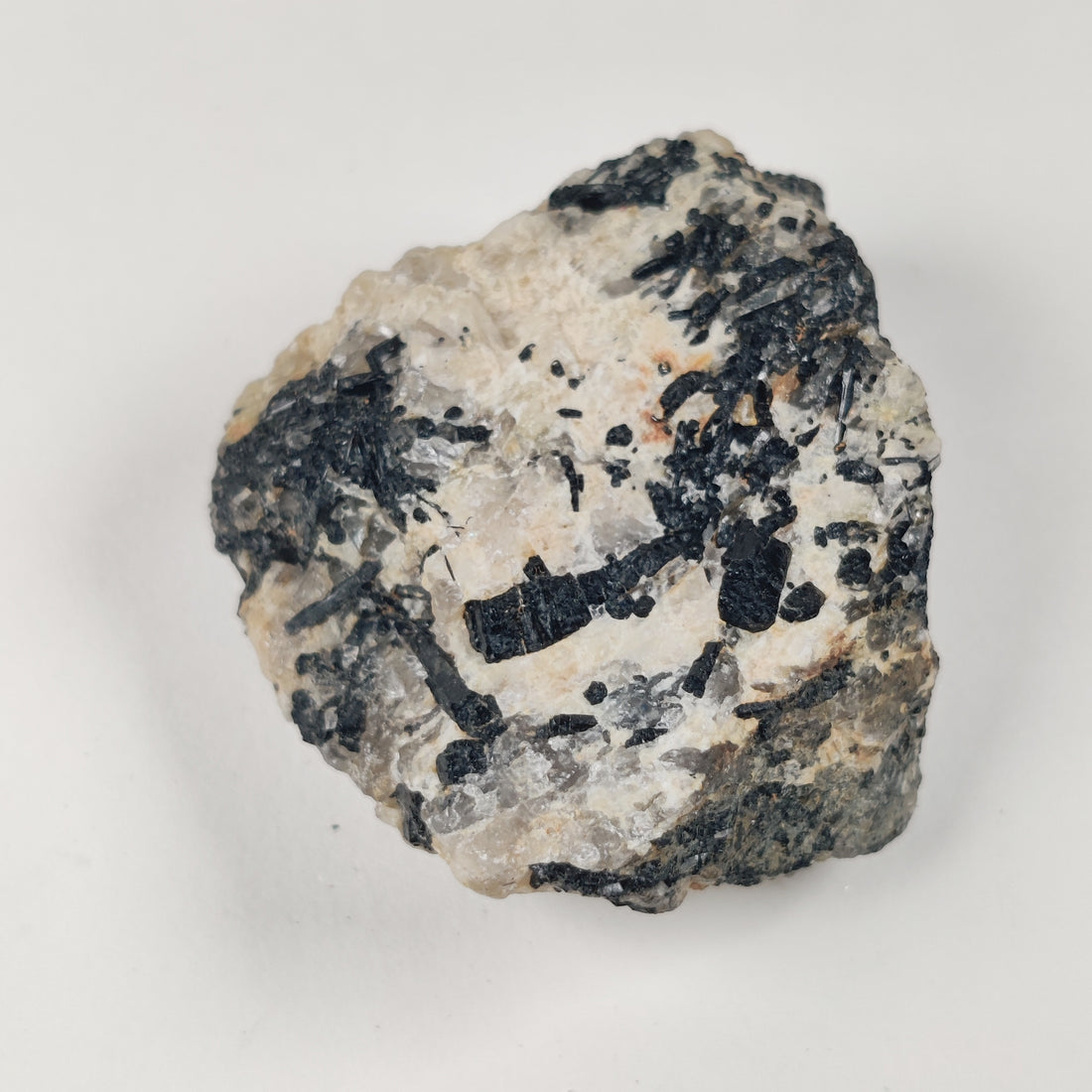|
Properties of Black Tourmaline (Schorl) |
|
|
Mineral Group |
Cyclosilicates |
|
Cleavage |
Indistinct |
|
Chemical Composition |
Na Fe+23 Al6 Si6O18 (BO3)3 (OH,O)3 (OH) |
|
Fracture |
Irregular/Uneven, Conchoidal |
|
Luster |
Vitreous |
|
Diaphaneity |
Transparent to translucent, nearly opaque |
|
Color |
Black |
|
Streak |
White, colorless |
|
Mohs Hardness |
7 - 7.5 |
|
Specific Gravity |
2.8 - 3.3 |
|
Diagnostic Properties |
Color, streak, luster |
|
Crystal System |
|
|
Uses |
Gemstones, sculptures |
|
Chakras |
Root Chakra |
|
Zodiac |
Libra |
|
Numerical Vibration |
9 & 2 |
|
All crystals contain energy that can be used to amplify your own intentions and manifestations through meditation and daily wear. |
|
|
Geologic Setting |
The most common occurrence of tourmaline is in granite pegmities, and in rocks immediately surrounding them. It is also found as an accessory mineral in most igneous and metamorphic rocks. It is stable from low temperatures and pressures to vey high temperatures and pressures. Most pegmatitic tourmaline is schorl or elbaite. |



